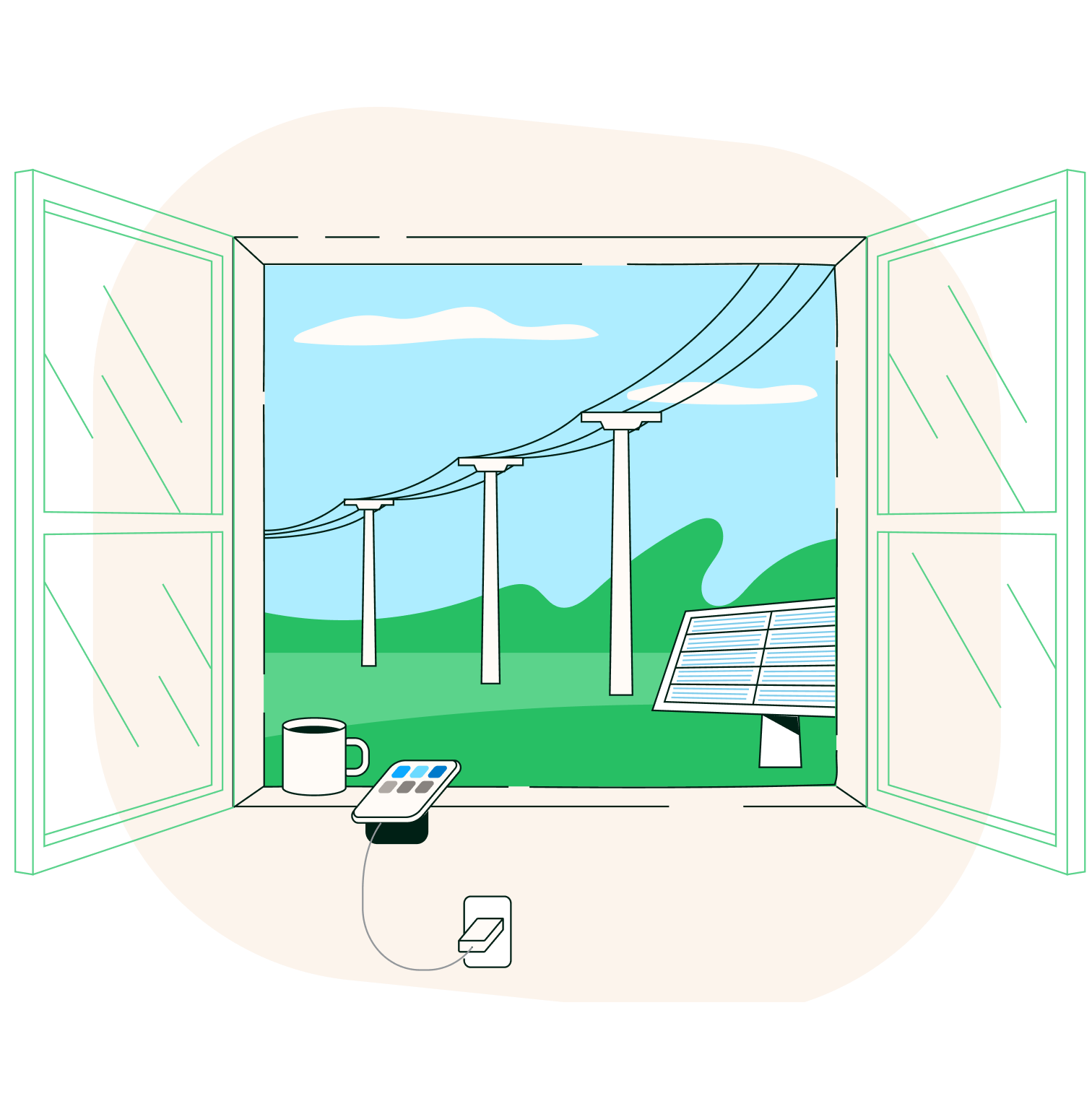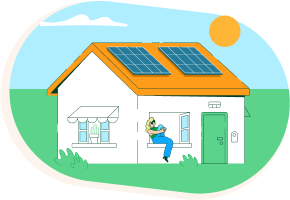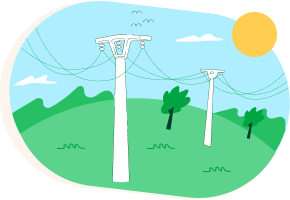
Photovoltaic Self-Consumption: Advantages and Benefits
Photovoltaic self-consumption is transforming the way we generate and consume energy. By installing solar panels, households, businesses, and communities can harness the sun's energy to meet their electrical needs, achieving significant economic savings and reducing their environmental impact.
Discover in this article how a self-consumption photovoltaic installation can help you take control of your energy while contributing to a more sustainable future.
What is Photovoltaic Self-Consumption?
Photovoltaic self-consumption is a renewable energy generation system that allows users to produce electricity through solar panels. This model optimizes energy consumption, making the most of the available natural resources.
In essence, self-consumption offers savings on your bills and the opportunity to contribute to the fight against climate change.
Types of Photovoltaic Self-Consumptio
Self-consumption modalities can be classified into two main types, depending on how the generated energy is managed:
- Photovoltaic self-consumption with excess.
- Photovoltaic self-consumption without excess.
Each of these self-consumption modalities has specific characteristics that make them more suitable depending on your consumption needs
Photovoltaic Self-Consumption with Excess
Photovoltaic self-consumption with excess is a model where all the electricity you produce but do not consume is directly fed into the grid.
This self-consumption modality is ideal for those who generate more energy than they consume at certain times of the day. Additionally, this renewable energy is utilized by other consumers and provides additional savings.
Photovoltaic Self-Consumption without Excess
Self-consumption without excess is common in small or medium installations, such as single-family homes, businesses, or more isolated areas.
This modality is useful in situations where it is more convenient for users not to feed energy into the grid. This system requires the installation of a device known as an anti-spill, which ensures that all the electricity produced is consumed or remains within the installation.
To simplify the process of economically benefiting from surplus generation, Spain has implemented a mechanism called "simplified compensation" that allows users to offset their bill for consumed energy with the income from generated energy. This facilitates the management and utilization of produced energy, making photovoltaic self-consumption even more attractive.
Advantages of Having a Self-Consumption Photovoltaic Installation
Having a photovoltaic installation offers multiple benefits, both economic and environmental. At i-DE, we highlight the following:
- Photovoltaic savings: significant reduction in your bill.
- Utilization of an inexhaustible resource like the sun.
- Reduction of CO₂ emissions and lower environmental impact.
- Increase in the value of your property.
Advantages of Participating in a Collective Self-Consumption Photovoltaic Installation
In Spain, in addition to being able to install panels in an individual self-consumption modality, collective self-consumption can also be achieved among several people, such as neighbors in a building or members of a homeowners' association, who share the resources of a common photovoltaic installation.
Its main benefits are::
- Equitable distribution of energy costs and benefits.
- Greater utilization of solar resources.
- Reduction of environmental impact on a community scale.
Components of the Photovoltaic Self-Consumption System
Photovoltaic systems are simple and ensure efficient use of solar energy.
Each component has a function that contributes to the overall performance of the system, and they are also modular and adaptable. A self-consumption photovoltaic system includes:
- Solar panels: capture solar radiation and convert it into electrical energy in the form of direct current.
- Inverter: transforms the direct current generated by the panels into alternating current, suitable for domestic or industrial use.
- Batteries (optional): store unused energy for use at night or during low generation periods.
- Support structures: ensure that the solar panels are in the optimal position to maximize sunlight capture.
- Monitoring system: allows real-time monitoring of energy production and consumption, facilitating efficient system management.
If you are ready to join photovoltaic self-consumption, discover the details about the contract and bill for self-consumers and take the first step towards the energy transition.
You may also like

05 MAR 2025
How to Turn on the Electricity in My House for the First Time

18 FEB 2025
How to know which is my electricity distributor
Depending on the geographical area where your supply point is located, you will be a customer of one distributor or another.
This occurs because electricity distribution is a regulated business. In other words, the customer is not free to choose the distribution company, unlike their relationship with the retailer. The retailers are the responsible for selling this energy, and the customer can freely choose with whom to contract it.
Electricity distributors play a crucial role: they are responsible for supplying electricity. In other words, they ensure that electricity reaches our homes, businesses, and industries in the best conditions.
22 NOV 2024
i-DE’s commitment with DANA’s victims
On October 29, we lived a terrible situation never seen before. The worst DANA of the decade affected multiple municipalities mainly inside the Comunidad Valenciana.
